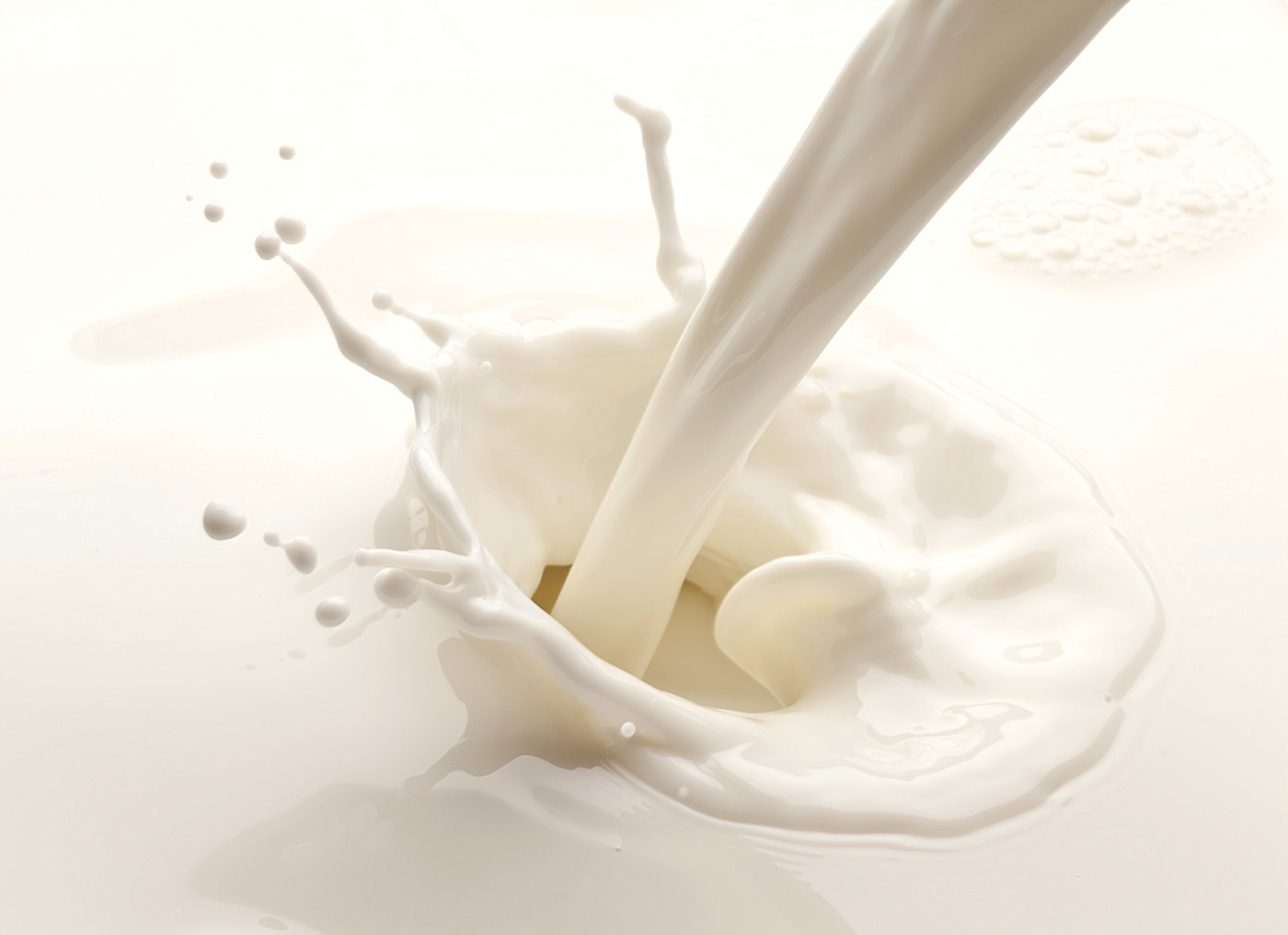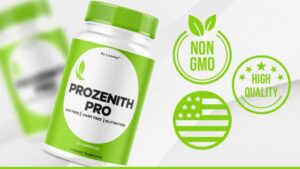Milking the Best: Freshness You Can Taste
There’s something magical about the first sip of milk that’s truly fresh — creamy, clean, and packed with natural nutrients....

There’s something magical about the first sip of milk that’s truly fresh — creamy, clean, and packed with natural nutrients. In a world full of processed options, fresh milk stands out for its simplicity and purity. From its origins on the farm to its place at your table, the journey of milk reflects the care, science, and tradition poured into every drop. This blog explores the meaning of true freshness in dairy, why it matters for your health, and how to ensure you’re getting the best in every pour. After all, freshness isn’t just a feature — it’s a promise you can taste.
The Journey Begins on the Farm
The story of fresh milk starts in wide-open pastures, where cows graze peacefully on nutrient-rich grass. These healthy environments, free from unnecessary stress and chemicals, are essential for producing naturally wholesome milk. A cow’s well-being directly influences the quality of its milk. Farmers who focus on ethical treatment, regular veterinary care, and proper feeding routines help deliver the best possible product.
Cows are milked at specific intervals each day, and the milk is immediately cooled to maintain its natural freshness. From here, it enters a tightly controlled system that ensures it reaches the consumer without losing its quality.
The Role of Hygiene and Technology
Modern dairy farms combine time-tested methods with cutting-edge technology to preserve the freshness of milk. Once extracted, the milk undergoes filtration and is transferred to storage tanks in sterile conditions. Temperature control is vital — keeping milk chilled from the moment it’s collected helps retain its original flavor and nutritional value.
Pasteurization is a key step in maintaining safety. By briefly heating the milk to eliminate harmful bacteria, the process safeguards health without compromising taste. Equally important is homogenization, which ensures the cream is evenly dispersed for that smooth, velvety texture you expect from a quality glass of milk.
Why Freshness Matters
You might wonder, does freshness make a difference? The answer is a resounding yes. Fresh milk contains higher levels of essential nutrients — such as calcium, vitamin B12, potassium, and protein — which contribute to strong bones, muscle development, and overall well-being. Its unspoiled flavor also means it tastes just as nature intended — mildly sweet, creamy, and utterly satisfying.
More than just taste and nutrition, fresh milk offers peace of mind. Knowing your milk hasn’t sat on a shelf for weeks or traveled from far corners of the globe adds a layer of confidence to your purchase.
What Makes Milk “Fresh”?
Freshness isn’t only about how recently the milk was produced — it also includes how it was handled throughout its journey. Factors like temperature control, packaging, and delivery timelines all influence freshness. Truly fresh milk is usually delivered within 24–48 hours of milking, preserved through chilled transport and sealed in protective packaging.
Look for indicators like short shelf life, minimal processing, and natural flavor. Some dairy brands even provide traceability tools, letting consumers scan a code to learn where and when their milk was produced — a modern twist on transparency.
From Farm to Fridge
After being processed and packaged, milk is shipped using cold-chain logistics to stores or directly to customers. This refrigerated journey is essential for preserving freshness. The goal is to maintain the milk at a consistently low temperature to inhibit bacterial growth and maintain its rich taste.
Once in your fridge, proper storage becomes your responsibility. Keep milk in the coldest part of the refrigerator, away from the door where temperatures fluctuate. Always close the lid tightly, and never leave it sitting at room temperature for long periods.
Taste That Tells the Truth
One of the best ways to recognize truly fresh milk is through taste. Unlike overly processed varieties, fresh milk offers a clean and creamy experience without any sour aftertaste. Whether enjoyed on its own, stirred into coffee, or poured over a warm bowl of porridge, the flavor of fresh milk enhances every bite and sip.
Children, in particular, benefit from this superior taste and texture. Encouraging healthy habits early in life becomes easier when the products offered are naturally appealing and packed with nutrients.
Fresh Milk in Your Everyday Routine
Fresh milk fits seamlessly into nearly every aspect of daily life. It’s a morning essential, a mid-day pick-me-up, and an evening comfort drink. Whether you’re using it to make smoothies, sauces, desserts, or savory dishes, fresh milk enhances recipes both nutritionally and in flavor.
For fitness enthusiasts, it’s a great post-workout drink rich in protein. For students and professionals, it’s a nourishing companion to keep minds sharp and bodies energized. And for families, it’s the go-to for everything from bedtime routines to weekend pancake breakfasts.
Supporting Local Dairy: A Smart Choice
By choosing fresh milk from local and reputable suppliers, you’re supporting ethical farming, reducing carbon footprints, and ensuring top-quality products reach your home. Local dairies often emphasize sustainability, responsible animal care, and freshness due to shorter distribution chains.
This not only keeps your milk fresher but also builds a stronger food economy rooted in transparency and accountability. It’s a win for your health and for the planet.
Storage Tips to Maximize Freshness
To make the most of your milk’s shelf life:
- Keep it cold: Store at 1–4°C (34–39°F).
- Don’t store it on the door — temperatures there can fluctuate.
- Close the container tightly after each use.
- Avoid pouring directly from the container into a hot beverage — this can introduce heat and shorten freshness.
What to Look for in a Good Fresh Milk Brand
Not all brands are equal. A good brand of fresh milk:
- Clearly state sourcing practices.
- Shares processing details.
- Has limited additives or fortification.
- Offers minimal shelf life (a sign of freshness).
- Provides clean, secure packaging.
- Has positive consumer reviews and traceability features.
Choosing a trustworthy brand ensures that every glass you drink delivers the nutrition and freshness your body needs.
Conclusion
Fresh milk isn’t just another grocery item — it’s a symbol of nourishment, tradition, and trust. From the tranquil farms to the final pour, the journey of fresh milk is one of careful attention and quality assurance. Whether you’re sipping it cold, adding it to recipes, or handing a glass to your child, knowing you’re consuming something pure and wholesome makes all the difference.
Bring home the goodness of fresh milk by ordering from Olpers Mart—your trusted source for top-quality dairy products. With fast delivery, secure packaging, and consistent freshness, Olpers Mart ensures you never miss a glass of nature’s best. Want to know more about Olpers milk benefits? Discover how it supports a healthy lifestyle with essential nutrients and unbeatable taste.




